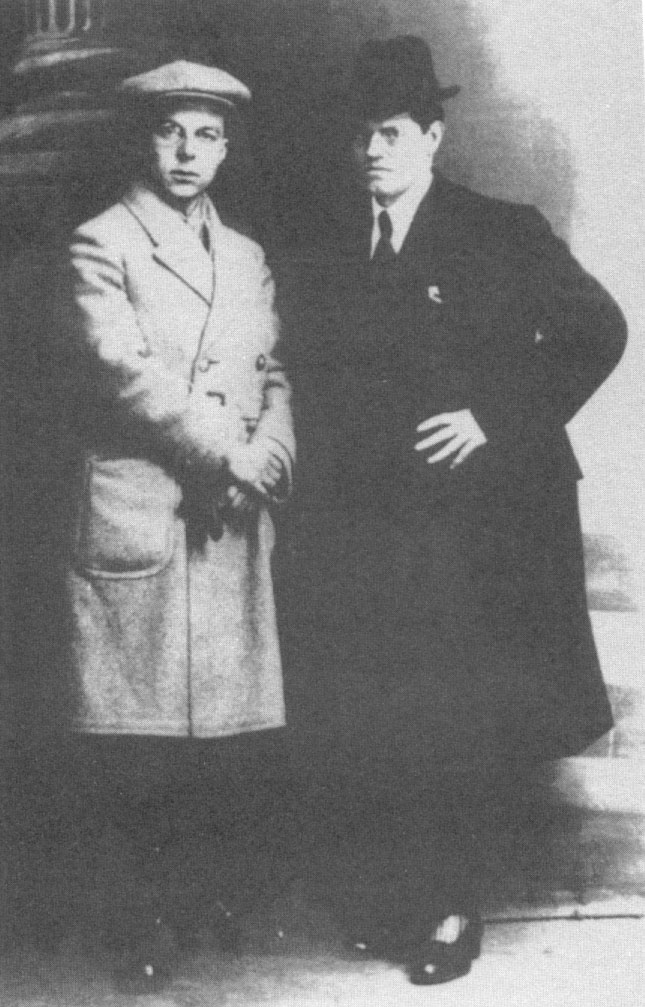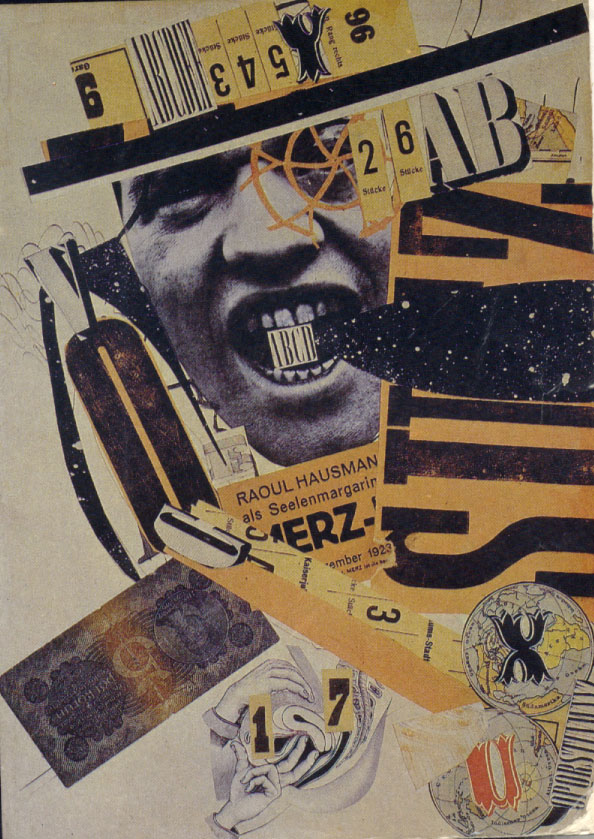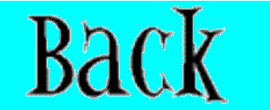 that broke away from the Social Democrats during
World War I. Led by
that broke away from the Social Democrats during
World War I. Led by
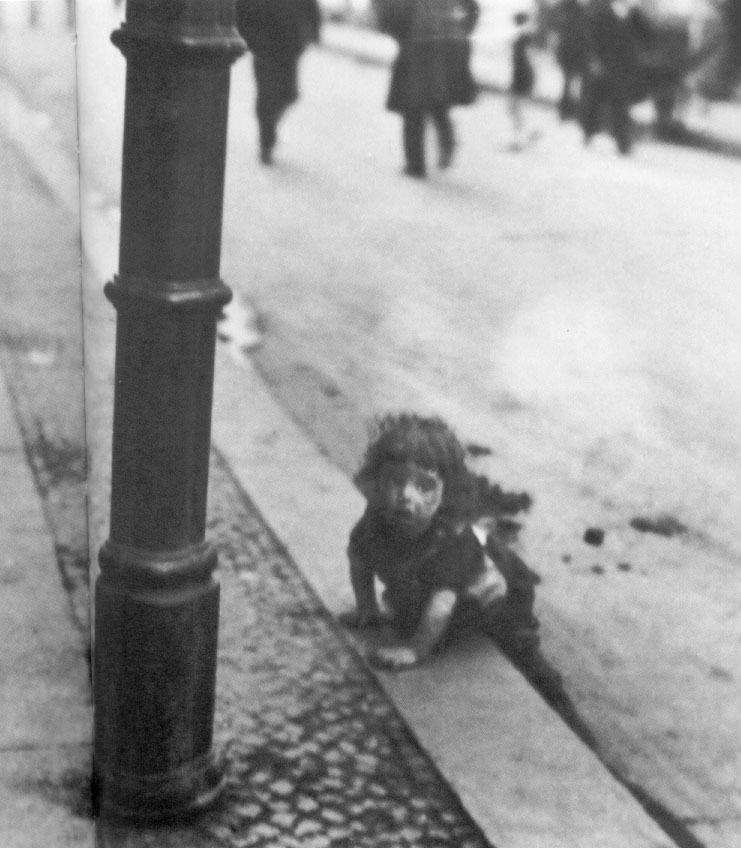 Karl Liebknecht
Karl Liebknecht
 and Rosa Luxembourg
and Rosa Luxembourg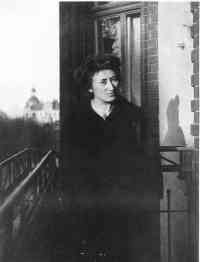 , the
Sparticists refused to sustain the war effort and rejected participation
in the post-Versailles republican government. The Sparticists fomented
a number of uprisings, including one in Berlin in 1919 that resulted
in thousands of casualties. Volunteer armies of ex-servicemen were employed
to suppress the movement.
, the
Sparticists refused to sustain the war effort and rejected participation
in the post-Versailles republican government. The Sparticists fomented
a number of uprisings, including one in Berlin in 1919 that resulted
in thousands of casualties. Volunteer armies of ex-servicemen were employed
to suppress the movement.
The Early Weimar Republic
By Ben John
The Weimar Republic was set-up in January 1919. It seemed like a new start for Germany after the revolution, this new republic was a democracy, chosen by the people. However, the Weimar Republic, like many new parliaments, was having teething troubles.
The main trouble came from the communists. In March they organised strikes, demonstrations, riots, etc. in Berlin. Their one aim, to win power. They wanted to model Germany on Bolshevik Russia.
The Weimar Republic's solution to this problem was to send in the Freikorps. They were ordered to shoot anyone carrying a gun. During just a few days over a thousand people were shot dead. The Free Corps were ruthless, on one occasion thirty sailors were slaughtered as they collected their wages.
The other party who’d sought to win power in Germany had been the Independent Socialists. They had much support in Bavaria but were not so strong nationally. They had set up a republic of their own in November 1918 and it was not particularly in a position where by the republic could change hands to another political party. This all changed, however, in February 1919 when Eisner, their leader was shot dead by a right wing, nationalist student. Such was the man’s popularity in Bavaria that his funeral was attended by over 100,000 people. With Eisner dead the question was, who should take control now?
The Communists argued with the democratic socialists and came out victorious. In March 1919, Bavaria was made into a Soviet Republic. Under the new communist regime, houses, food, cars and clothing were taken from the rich and in many cases given to the working class. The Bavarian Red Army was formed. The Weimar Republic did not like this system and thus Munich was put under siege. Food was not allowed in and at one time giving milk to a person who wasn’t dying was a criminal offence with death being the punishment. On 1 May, the democratic socialists invaded, not sparing a single communist. 600 men, women and children were killed. Of course again the main brunt of the attack had been supplied by the Freikorps.
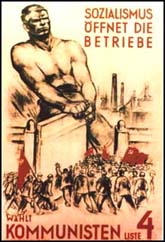 The
Weimar Republic had crushed both communist uprisings but the next threat came
from outside Germany, in Paris, the scene of the peace treaty, the Treaty of
Versailles. They were not expecting to be treated badly as they expected the
treaty to follow the same lines as Woodrow Wilson and had done what had been
required of them, they had replaced the monarchy with a democracy.
The
Weimar Republic had crushed both communist uprisings but the next threat came
from outside Germany, in Paris, the scene of the peace treaty, the Treaty of
Versailles. They were not expecting to be treated badly as they expected the
treaty to follow the same lines as Woodrow Wilson and had done what had been
required of them, they had replaced the monarchy with a democracy. The terms of the peace treaty were announced on 7 May and a reply was required by 12 May. Some of the clauses in the treaty included, the infamous War Guilt clause, the Reparations clause and the cutting down of Germany’s army to such a small number that it could hardly police itself. They had not expected this unfair a treaty and of course had had no say at Versailles. The German Navy scuttled their ships at Scapa Flow in protest. The whole of Germany felt betrayed, betrayed by the allies and by their own politicians. Those who had signed the armistice were now dubbed the November Criminals who had stabbed Germany in the back.
Germany had no choice but to sign, not to sign the treaty would restart the war and having consulted his Generals, most notably Hindenburg, Ebert realise although being an honourable thing to do it would have been committing suicide and would mean many Germans being massacred. However, much of his government had resigned over the issue and Ebert had to form a new one. He did so and made the deadline set by the allies just in time. Troubles for the Weimar Republic were far from over. Just ahead of them was the Kapp Putsch and of course the invasion of the Rhur.
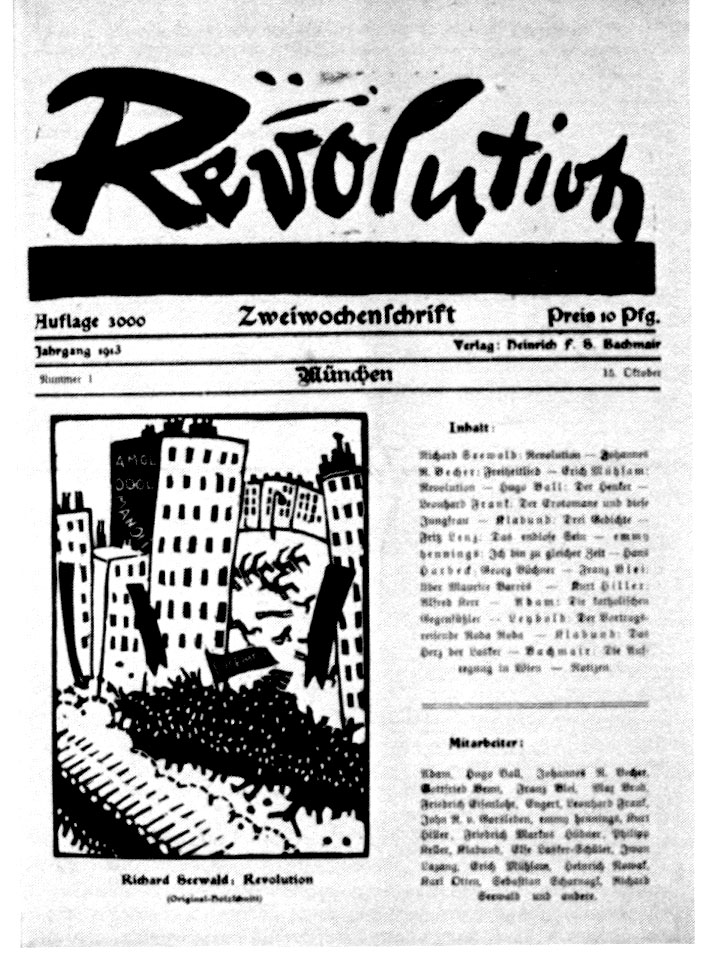 Spartacus-
(died 71 bJC), Thracian gladiator in Rome who led a slave revolt known
as the Third Servile War or Gladiators' War. He won victories at Capua
(73) and in Southern Italy, defeating five Roman armies and entering Cisalpine
Gaul. His soldiers devastated the land and moved south toward Sicily
where they were eventually defeated by Crassus, who, with Pompey's aid,
crucified some 6,000 of the rebels. Spartacus died in battle, his army
holding 3,000 Roman prisoners unharmed.
Spartacus-
(died 71 bJC), Thracian gladiator in Rome who led a slave revolt known
as the Third Servile War or Gladiators' War. He won victories at Capua
(73) and in Southern Italy, defeating five Roman armies and entering Cisalpine
Gaul. His soldiers devastated the land and moved south toward Sicily
where they were eventually defeated by Crassus, who, with Pompey's aid,
crucified some 6,000 of the rebels. Spartacus died in battle, his army
holding 3,000 Roman prisoners unharmed.
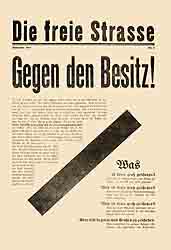



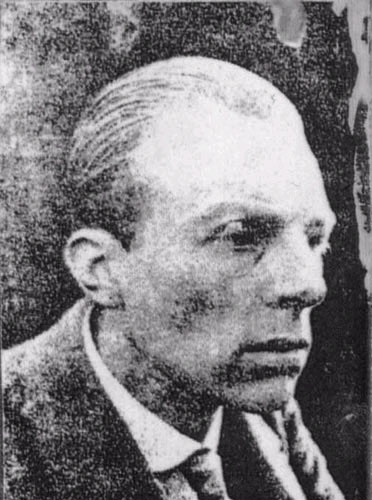

 by Huelsenbeck, Jung and Hausmann. Baader, Mehring,
Grosz and the Herzfeld brothers join in.
by Huelsenbeck, Jung and Hausmann. Baader, Mehring,
Grosz and the Herzfeld brothers join in.

